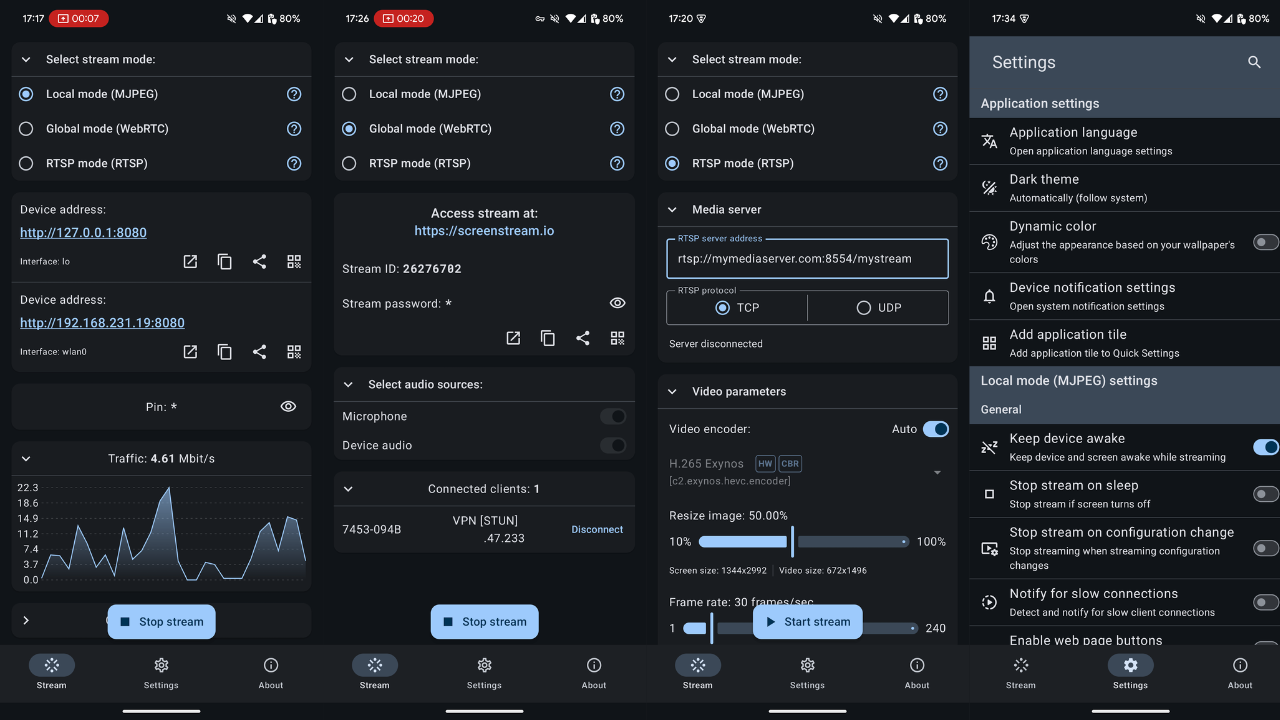Instagram has revolutionized how we share and consume visual content. With millions of images being uploaded every day, it’s no surprise that fake or manipulated images have found their way into our feeds. But how can users tell if an image is genuine or fake? This is where the rise of “search by image” apps comes into play. These apps, using advanced AI technology, help users identify fake images on Instagram, offering a way to combat misinformation and ensure trust in what we see online.
What is a Fake Image
A fake image is a manipulated or altered photo designed to mislead viewers. In the digital age, with editing tools and AI-generated content, it’s become easier than ever to create realistic-looking fakes. These images can range from subtle alterations, like changing colors or adding elements, to complete fabrications, such as deepfakes that swap faces or alter scenes entirely.On Instagram, fake images pose a significant challenge as they can mislead users, damage reputations, or spread false information. Whether it’s an edited celebrity photo or a doctored political image, the impact can be widespread.
Why Fake Images are a Problem on Instagram
Trust is the backbone of social media interactions. When users see manipulated images on Instagram, it erodes the credibility of the platform. Misinformation spreads like wildfire, and fake images contribute to this, whether they are harmless pranks or malicious attempts to deceive.Fake images can affect anyone, from individuals to brands, as they can manipulate public perception and mislead viewers into believing something that isn’t real. For influencers and businesses, a single fake image can cause irreversible damage to their reputation.
The Role of AI in Detecting Fake Images
Artificial Intelligence (AI) has revolutionized how fake images are detected. Using machine learning, AI algorithms analyze images to identify inconsistencies, such as pixel mismatches, lighting errors, or manipulation in metadata. Some fake image detection apps even use reverse image searches, where the app searches the internet for the original, unedited version of the image.These apps are becoming indispensable, especially in an era where deepfakes and hyper-realistic edits are growing in sophistication.
What is a “Search by Image” App
A “search by image” app allows users to upload an image and search the web for its original source. This is incredibly useful for verifying whether an Instagram image has been altered or misrepresented. These apps analyze the image and compare it with similar images found online, helping users see whether it’s authentic or fake.
How Effective Are Fake Image Apps
While these apps are highly effective in detecting many fake images, they aren’t perfect. Deepfake technology is constantly evolving, making it harder to spot manipulated content. That said, the best apps can still detect a large percentage of fakes, offering valuable assistance to users who want to verify the authenticity of an image.
Ethical Considerations of Fake Image Detection
While detecting fake images is crucial for maintaining trust, there are ethical considerations. For instance, users must be aware of the potential for false positives, where an authentic image is mistakenly flagged as fake. Additionally, apps must strike a balance between privacy and security, ensuring that user data is protected during image analysis.
Future of Fake Image Detection on Instagram
The future of fake image detection looks promising, with AI and machine learning advancing rapidly. Social media platforms like Instagram are likely to integrate more sophisticated tools that can automatically detect and flag manipulated images. As the technology evolves, we can expect a more reliable way to verify content authenticity.
The Impact of Fake Images on Brand Reputation
Fake images can have a devastating impact on a brand’s reputation. For instance, brands may be targeted with doctored photos that damage their image. To avoid this, companies must use fake image detection tools as part of their social media strategy, ensuring that they protect their reputation and maintain trust with their audience.





